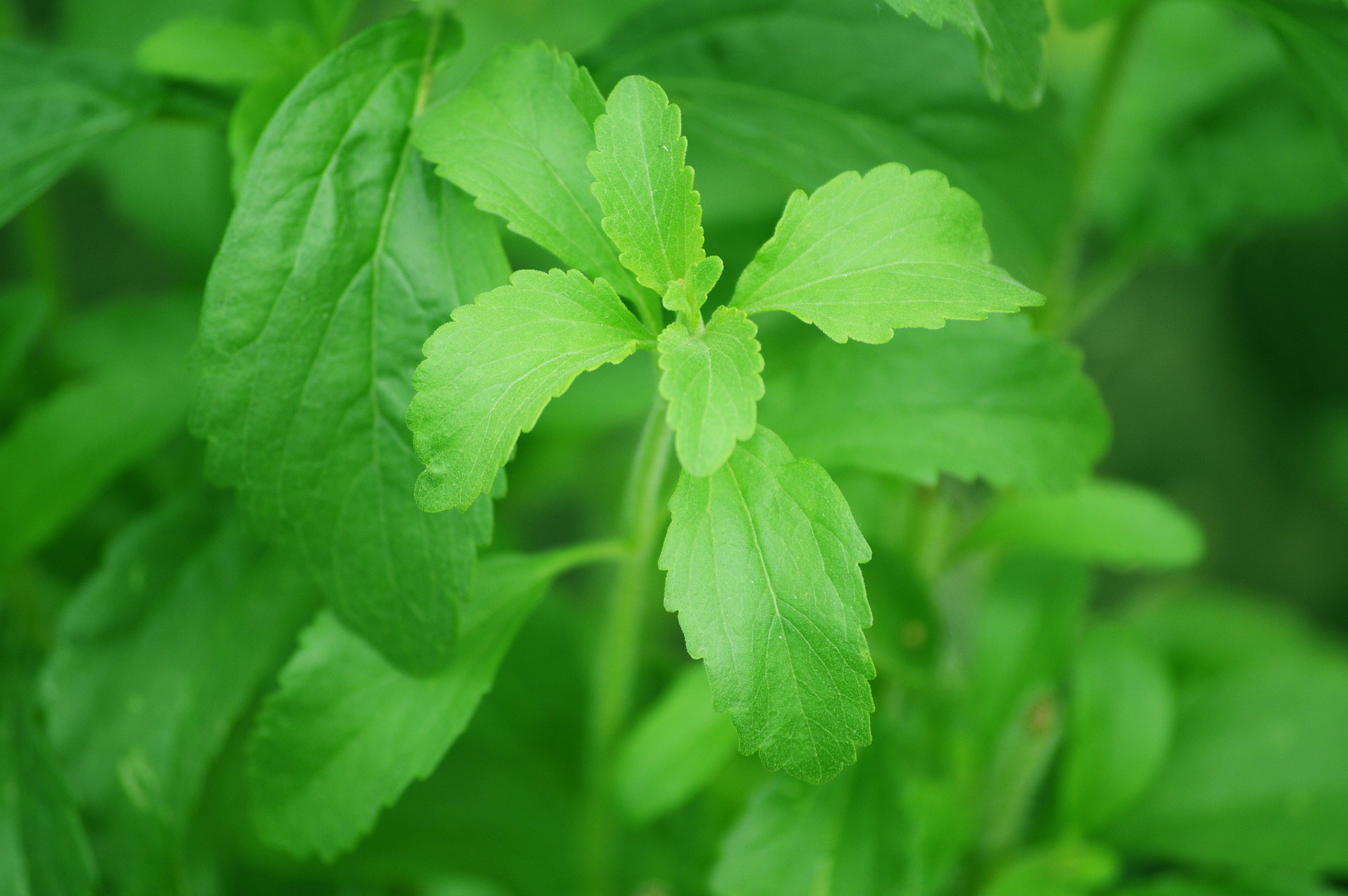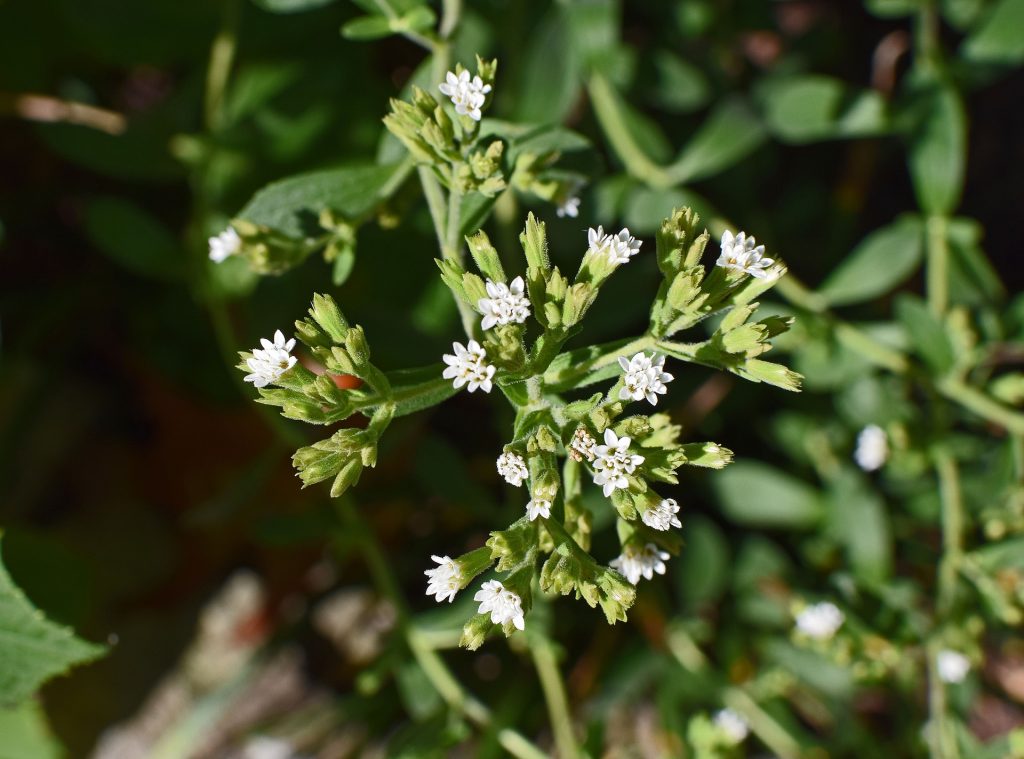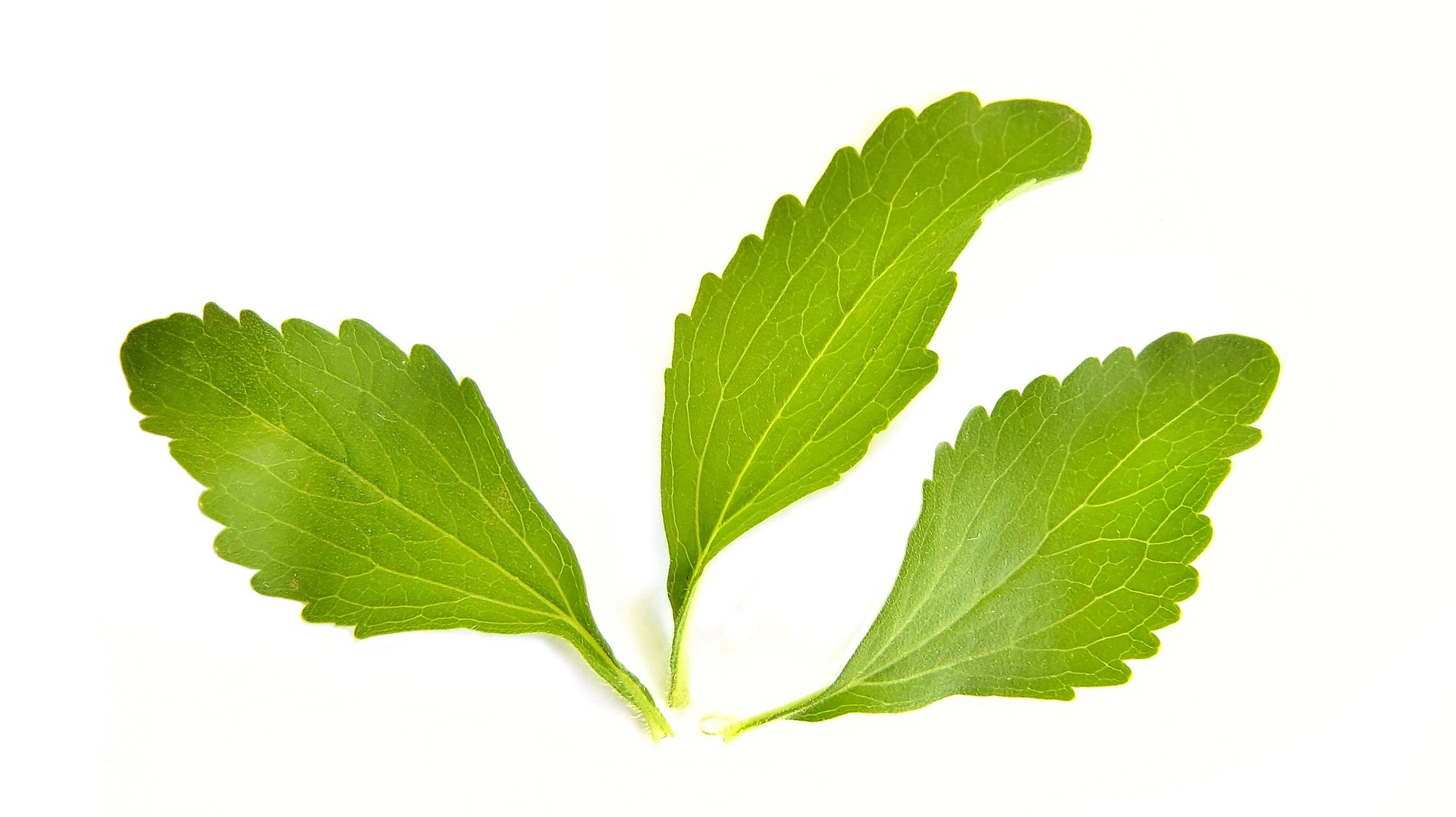A perennial shrub, the plant genus Stevia includes more than 200 species of herbs and shrubs. Stevia is a herb with small, broad green leaves. The plant reaches approximately 2 feet in height on maturity. Stevia usually blooms in the early to mid-autumn season and when the plant blooms, it shows white flowers. The leaves of the plant are considered to be 200 to 300 times sweeter than table sugar, yet they neither contain calories nor carbohydrates. This zero-calorie natural sweetener is a perfect choice to be used as an alternative to white sugar for diabetes. Stevia is known by many different names in different parts of India. The most popular and most common names are Meethi Tulsi”, “Meethi Patti” or ‘Madhu Patrika”.

Growing Stevia
Stevia is not as easy to grow as most culinary herbs. Stevia can be started from seeds, but it’s best to grow them from rooted cuttings as seeds have low germination rates.
To grow the plant from cuttings, cut stems that are six to eight inches long from an established plant. Strip off the leaves from the lower one and half-inch section of the cuttings. Now place the lower one inch of the stem in the soil. Water it regularly to keep the soil moist during its establishing time. After around four weeks, your plant will grow roots.
Stevia Care
Light
This herb grows best in warm temperatures similar to those preferred by basil. Place your plant where it gets around 5-6 hours of sunlight. In really hot summer conditions, the plant prefers afternoon shade.
Soil
Like oregano, basil, and other herbs, Stevia grows well in pots and containers. Stevia can be grown in most soil types but it grows best in well-drained, sandy loam with organic manure with soil pH ranging from 6.2 to 7.2.
Water
Regular watering for Stevia is important. Water the plant when the top layer of the soil is dry. Make sure not to overwater the plant as it will cause root rot and result in plant death.
Fertilizer
Organic manure as a fertilizer is best for this plant. It will result in lush green leaves. Do not go for chemical fertilizers as it reduces the sweetness of the leaves.
Pruning
Regular pruning of the plant is necessary to encourage new growth resulting in a bushier plant. Prune your stevia plant every four to six weeks.
Harvesting
It is ideal to harvest in the morning as the sugar content in leaves is maximum at that time. To harvest the plant simply pluck out leaves or stems. Also, make sure to harvest the leaves before the plant blooms, as leaves become less sweet after blooming.


Stevia Uses and Benefits
- The leaves are natural sweeteners and have zero calories. It helps in regulating blood sugar levels.
- Intake of sugar in large quantities can result in obesity. This herb can be used to control weight and fight obesity.
- It is also used as a natural sweetener for drinks since long back.
- Stevia is also used to add natural sweetness to fruits, yogurt, salads, and most creamy desserts.
- Stevia contains many anti-oxidant compounds that reduce the risk of pancreatic cancer.
Now is your time to grow your own calorie-free natural sweetener, it’s time to plant Stevia in your garden or kitchen.



Your message was attentively written as well as contained important advice that visitors can make use of in their very own lives.
Remarkable gives greater than just an improvement to your life. It’s an outright change!